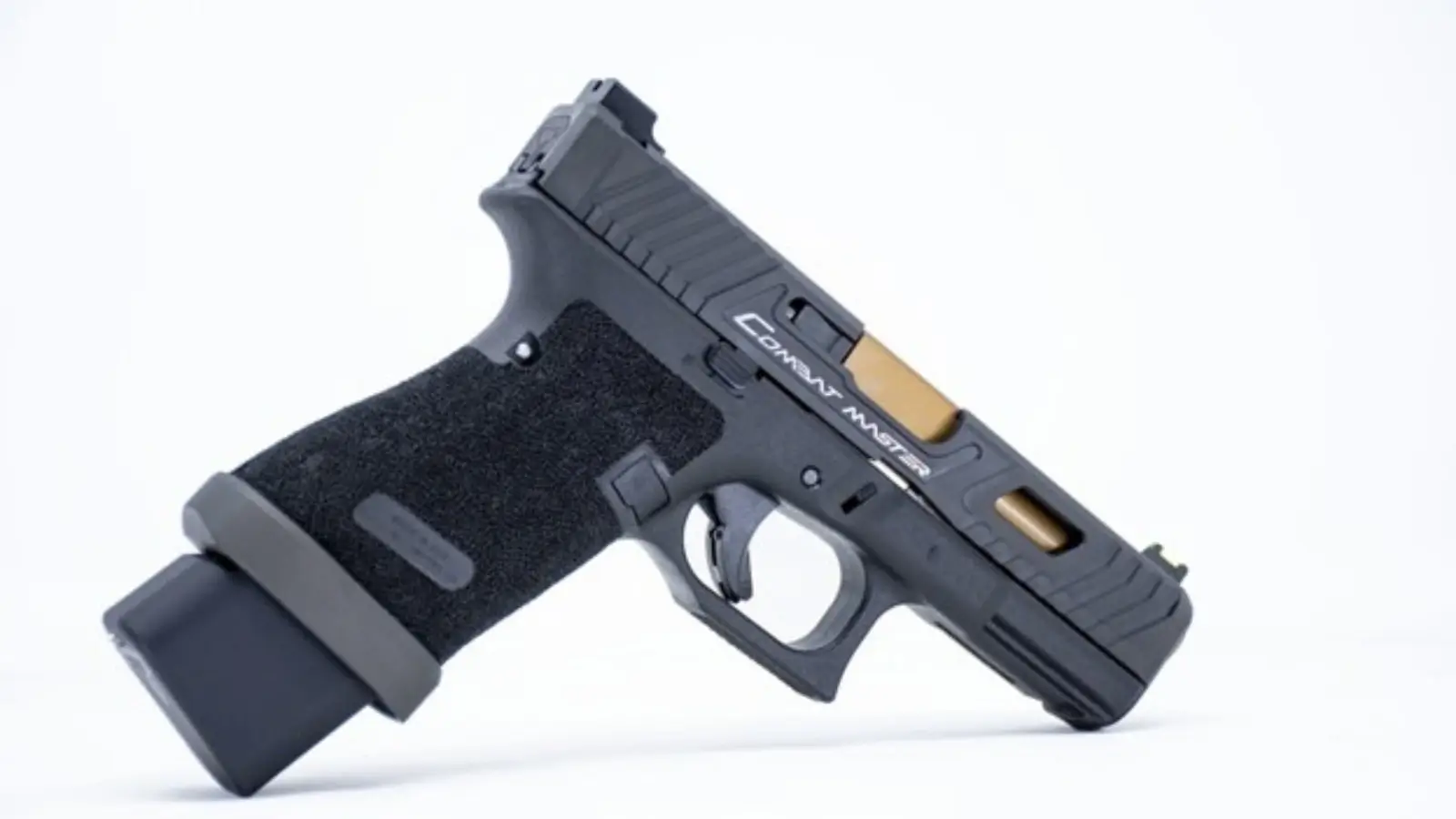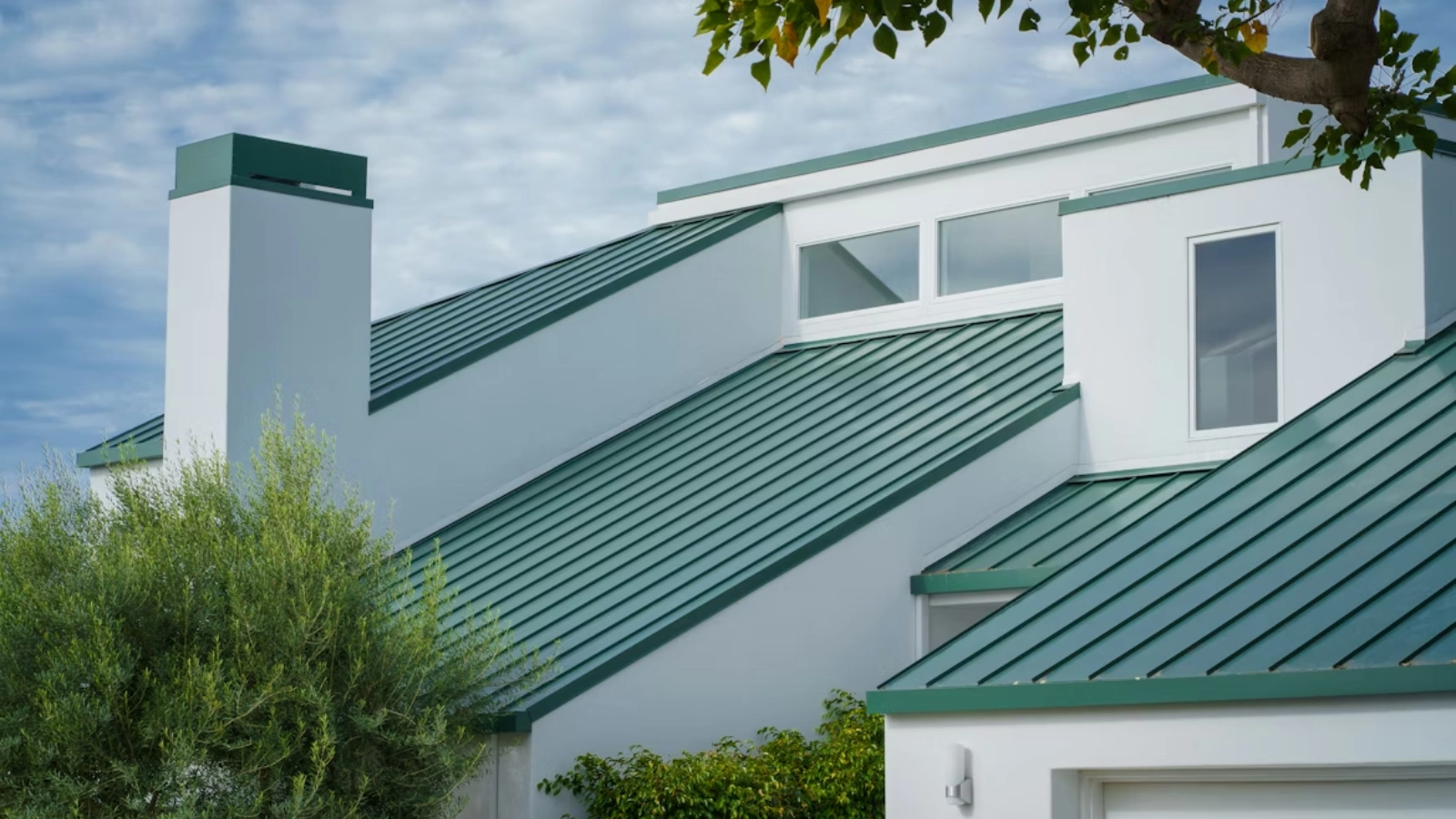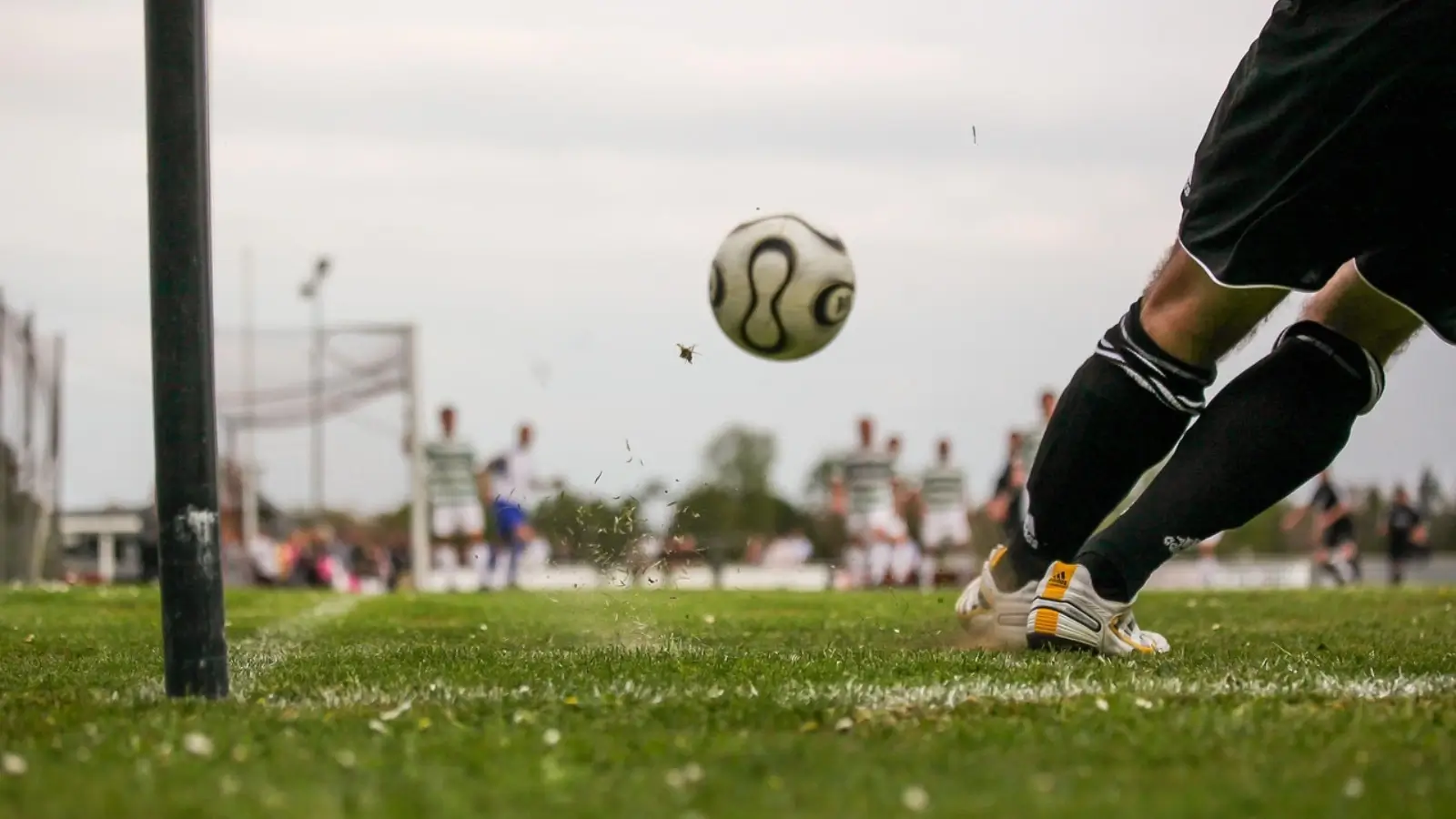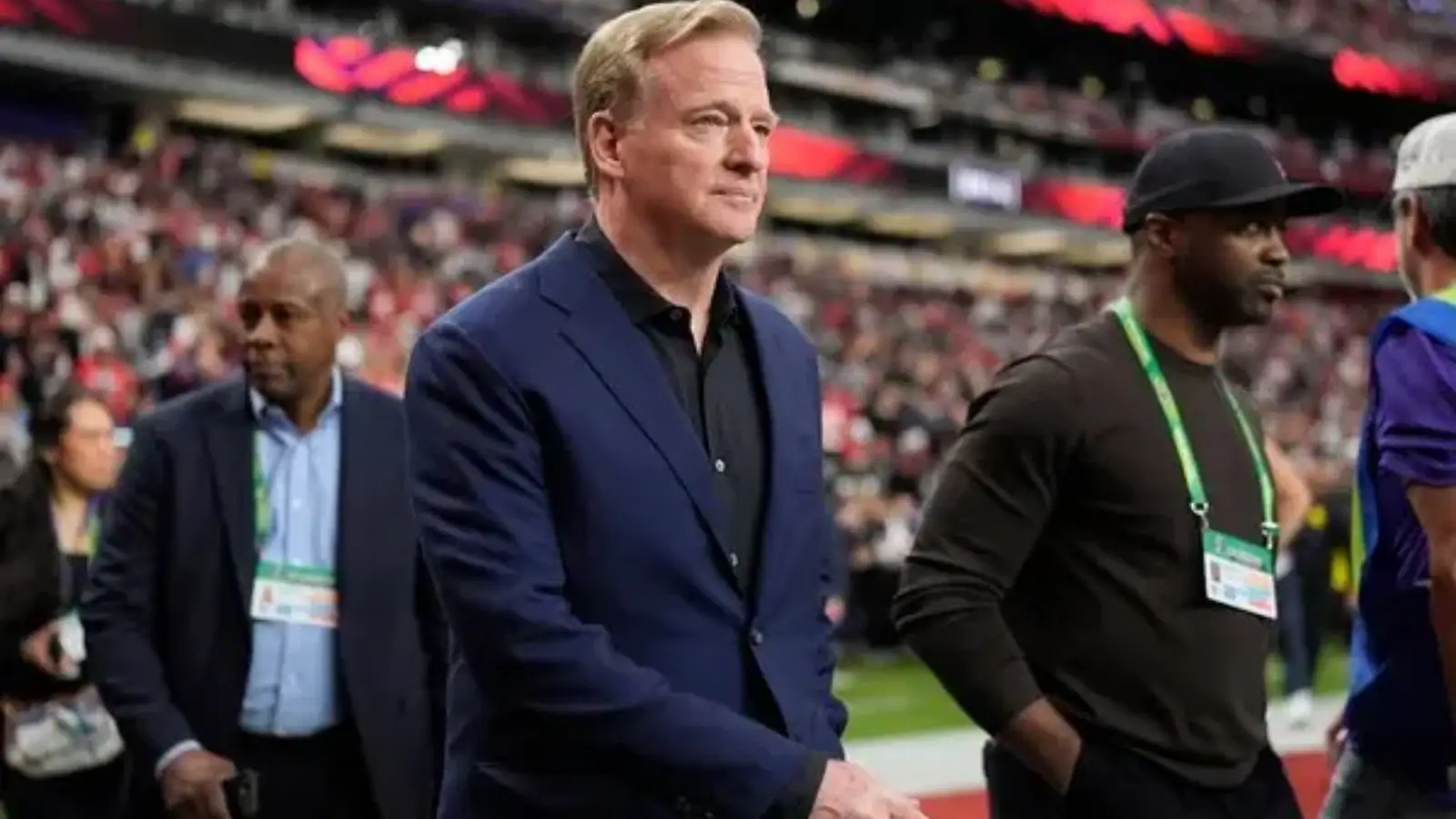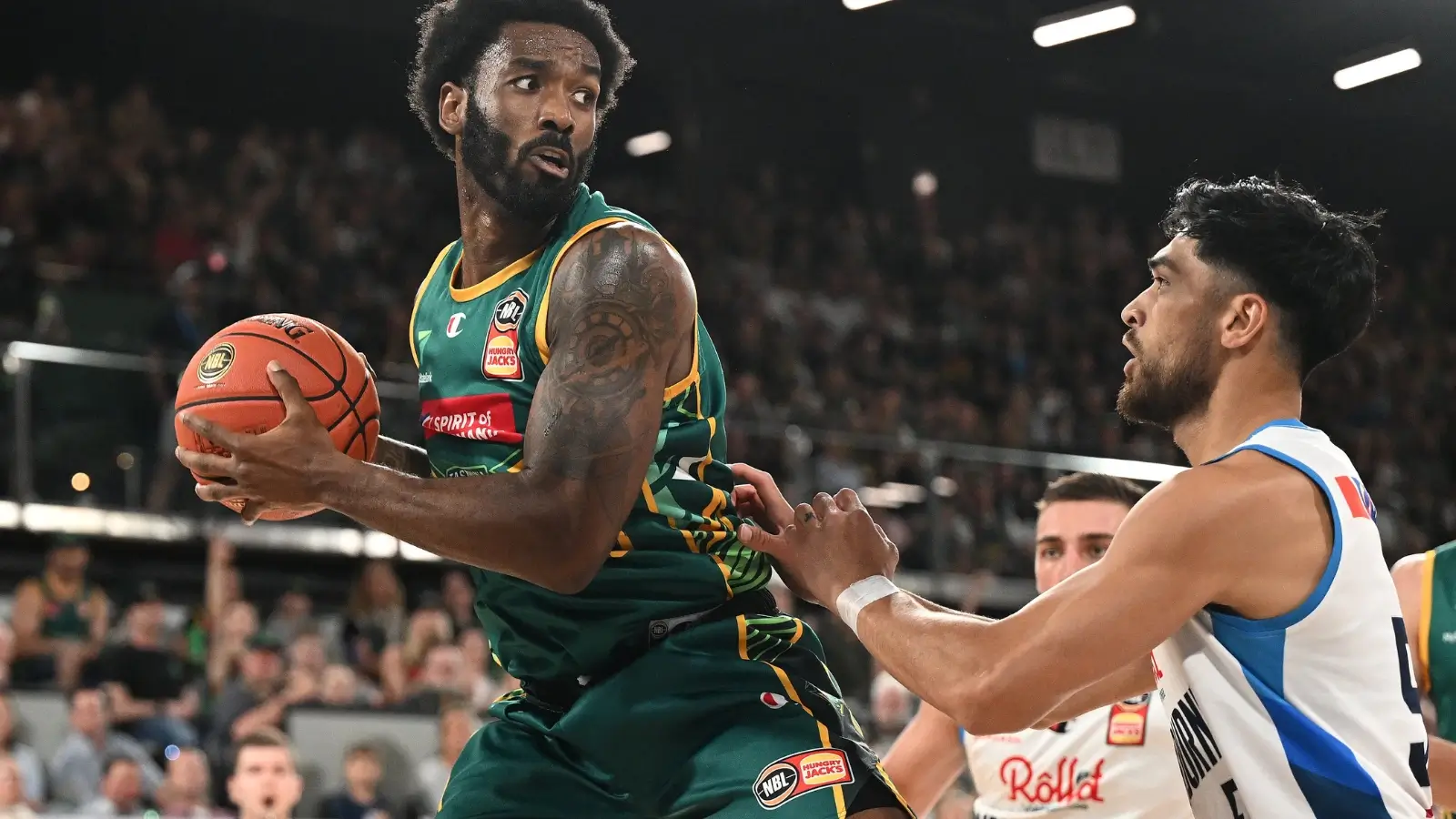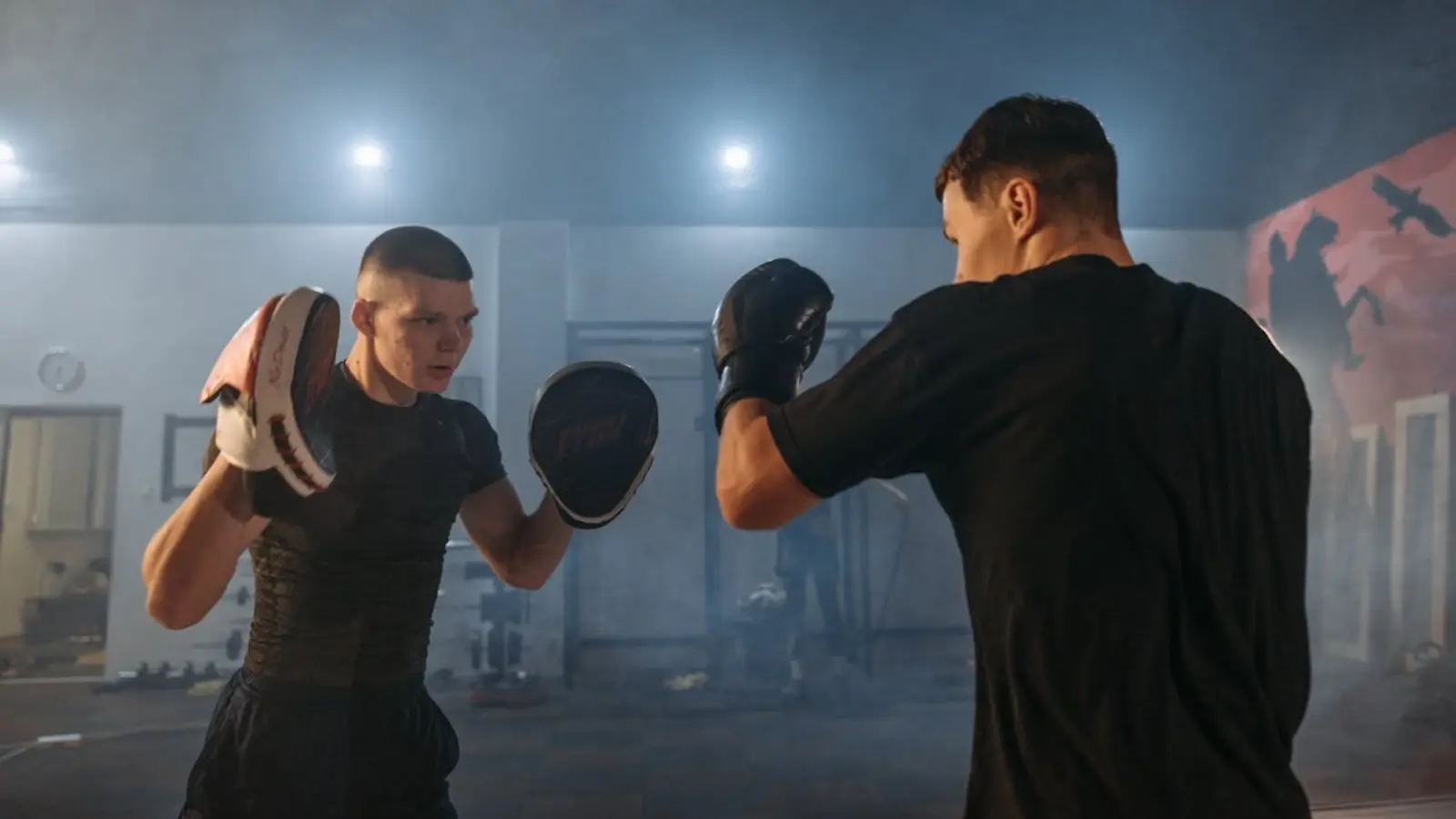In the world of competition shooting, every second counts. Whether you're into IPSC, USPSA, IDPA, 3-Gun, or any other shooting sport, being faster and more accurate is the name of the game. Many shooters spend hours at the range improving their skills, but one area that often gets overlooked is the equipment itself. Believe it or not, small hardware changes—like adding a Glock magwell for smoother reloads—can make a big difference. In this article, we’ll break down the basics of competition shooting and explain how fine-tuning your gear can help you shoot faster and better.
What Is Competition Shooting?
Competition shooting is a sport where participants use firearms to complete courses with speed and accuracy. Shooters are scored based on how fast they finish the course and how precisely they hit targets.
There are different types of competitions, including:
- IPSC/USPSA: Focus on speed, accuracy, and power.
- IDPA: Simulates real-life self-defense situations.
- 3-Gun: Involves the use of a rifle, shotgun, and handgun.
- Steel Challenge: Focuses purely on speed.
No matter the type, the goal is the same: hit your targets quickly and efficiently.
Why Hardware Matters in Competition Shooting
A good shooter with a poorly setup gun can lose to an average shooter with a well-optimized firearm. That’s how important hardware is in this sport.
Small tweaks to your gear can:
- Reduce your split times
- Improve your transitions
- Lower your recoil
- Make your gun more reliable
Let’s look at some of the most impactful hardware changes.
1. Trigger Upgrades
One of the most common changes competitive shooters make is upgrading the trigger. A lighter and smoother trigger helps you shoot faster and with more control.
Benefits:
- Faster follow-up shots
- Reduced trigger pull weight
- Better accuracy
Just make sure the trigger is still safe and reliable. A too-light trigger can cause accidental discharges.
2. Sights and Optics
In fast-paced shooting, being able to acquire your sights quickly is critical. Many shooters switch from iron sights to red dot optics for quicker target acquisition.
Iron Sights Upgrades:
- Fiber optic front sights are easier to see in bright light.
- Wider rear notches can help you align sights faster.
Red Dot Sights:
- Allows both-eyes-open shooting
- Faster transitions between targets
- Excellent for moving targets
3. Recoil Management Upgrades
The faster you can control your recoil, the faster you can shoot again. Several hardware changes can help with this:
- Compensators: Redirect gases to reduce muzzle rise
- Heavier Guide Rods: Reduce felt recoil and help balance the gun
- Ported Barrels: Also help reduce muzzle flip
Better recoil management means you spend less time bringing your gun back on target.
4. Magazine Extensions and Base Pads
Reloading takes time, and in competition, even a half-second counts. Magazine base pads or extensions increase the number of rounds your magazine can hold.
Why it helps:
- Fewer reloads during stages
- Easier and quicker reloads thanks to larger base pads
Make sure your setup follows the rules of your specific shooting division.
5. Grip Enhancements
A firm, consistent grip improves recoil control and accuracy. Small upgrades here can go a long way.
Options include:
- Stippling or grip tape for better traction
- Aftermarket grips or backstraps for better fit
- Undercuts on the trigger guard for a higher grip
The better your grip, the more control you have over the firearm — especially during rapid fire.
6. Holsters and Magazine Pouches
The way you draw your gun and reload magazines affects your time. Competitive shooters often use custom holsters designed for speed and efficiency.
Look for:
- Adjustable retention
- Fast-access designs
- Secure belt attachments
The same applies to magazine pouches. Your gear should help you move faster, not hold you back.
Practice + Hardware = Winning Combo
No amount of gear will replace solid training and dry-fire practice, but combining skill with optimized hardware can give you a major edge. Top shooters constantly test and tune their setups to shave off tenths of seconds — which can be the difference between winning and losing.
Final Thoughts
Small hardware changes in competition shooting can lead to big gains. Whether it's a lighter trigger, a better sight, or a faster magazine reload, each improvement adds up. By understanding your gear and making smart upgrades, you can become faster, more accurate, and more competitive.
So next time you're looking to improve your performance, don’t just hit the range — take a close look at your equipment. The seconds you save might just put you on the podium.

